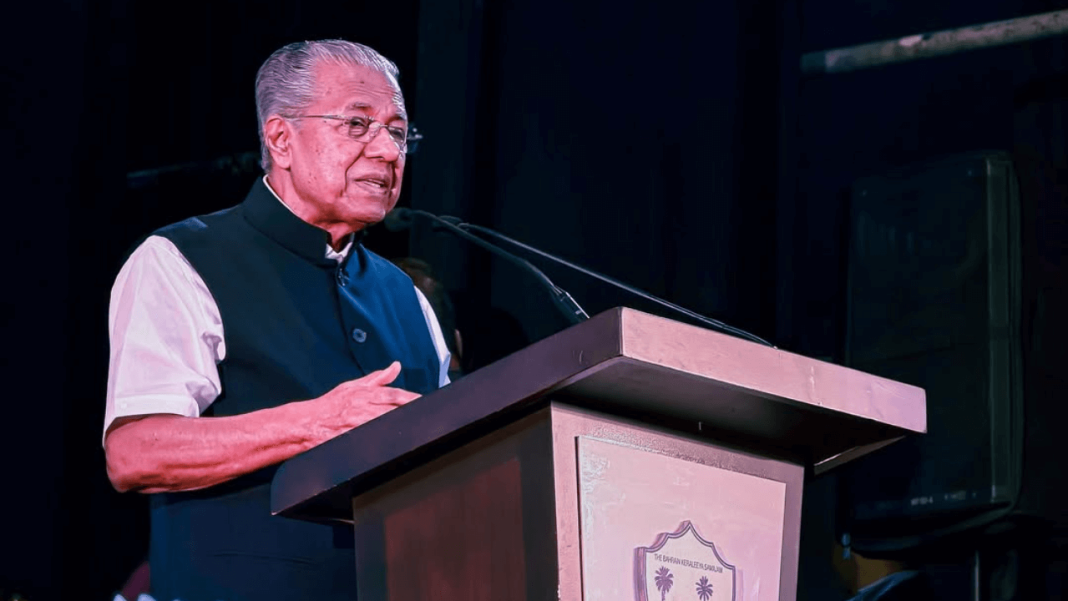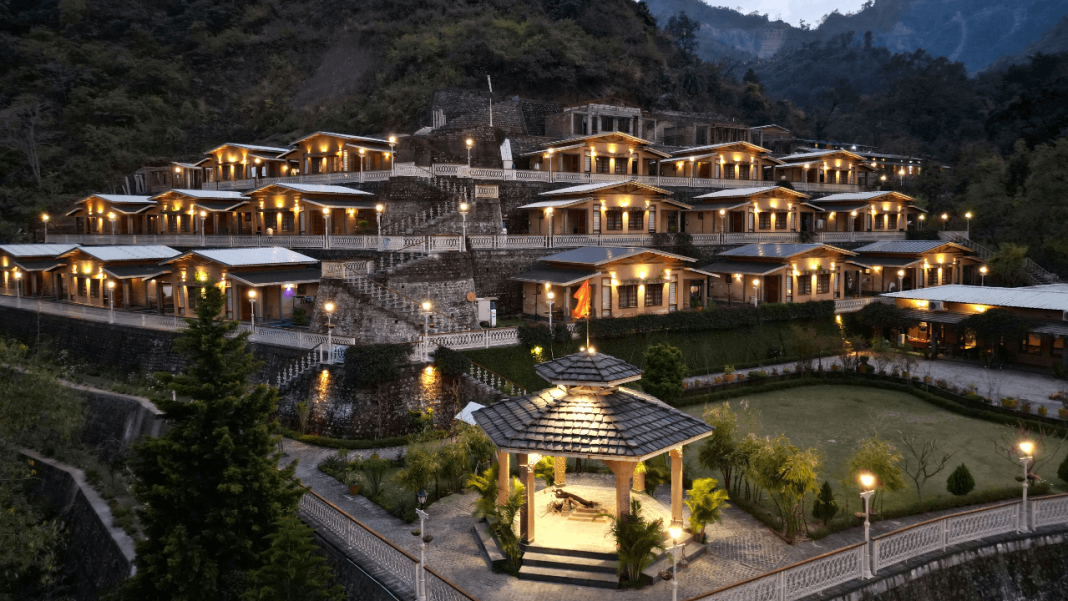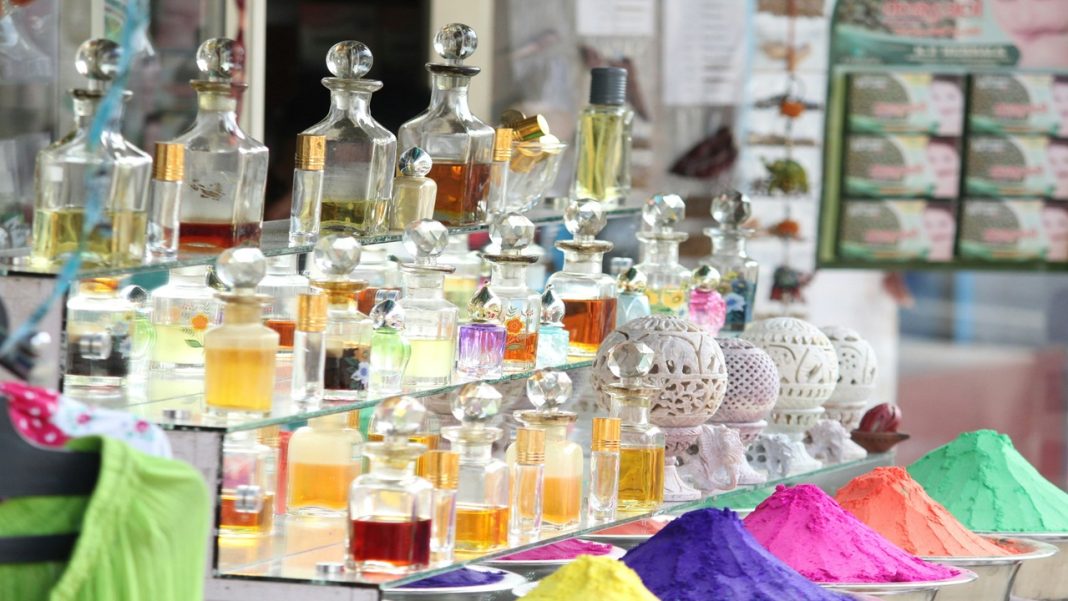Kerala has done many firsts before. But this one feels different. On November 1, 2025, the state plans to officially call itself “extreme poverty-free.” It’s not a headline thrown around for attention. This one carries stories, families who rebuilt, women who took charge, and villages that refused to give up.
Across India, people are watching how this happened. As seen in India Focus Daily and reported through India Focus Daily News, the groundwork for this change was laid brick by brick. Kerala didn’t run after fancy slogans. It just worked, bit by bit, through its panchayats, Kudumbashree groups, and relentless volunteers. This transformation has drawn global attention, much like discussions around the Top 10 Most Powerful People in the World.
Kerala’s Poverty Eradication at a Glance
| Parameter | Details |
| Announcement Date | November 1, 2025 |
| Population | Around 35 million |
| Poverty Index | Multidimensional Poverty Index |
| Main Implementer | Kudumbashree Mission |
| Supporting Schemes | LIFE Mission, MNREGS, Food Security |
| Verified Households | 100% Surveyed |
| Verification | By NITI Aayog & UNDP |
| Start Year | 2021 |
| Core Focus | Housing, Health, Women, Data |
| Local Partner Units | Over 19,000 Panchayats |
How did it happen?
Kerala didn’t stumble into this. It built a path slowly. Four years of data gathering, constant village meetings, and cross-checks turned into something solid. Each household was tracked. Each gap found and fixed.
Feels almost old-fashioned, right? Checking records by hand, calling families, talking in the evening meetings. But that’s how it worked.
Ground Check Began Early
The mission started in 2021. Kudumbashree volunteers went door to door, noting income, education, and food access. The idea was simple: know everyone before planning for anyone.
Thousands of families who lived in thatched huts now sleep under brick roofs. The LIFE Mission didn’t just give homes, it gave dignity. A place to sit, cook, and dream. Those women’s collectives handled savings, micro-loans, and even helped others start small shops. In many wards, they became the first responders to poverty.
- Health and School Access: Government clinics offered free tests. Schools provided meals, uniforms, and tablets. The idea: no child should skip class because the family can’t afford it.
- Steady Pension Support: Elderly residents received direct cash every month. The process felt human, no long queues, no middlemen. Just quiet relief landing in their accounts.
- Real-Time Tracking: Local officials used dashboards showing who got what benefit. If a family was left out, alerts went up. That’s how gaps closed.
- Women’s Enterprises Grew Fast: Coir units, food stalls, tailoring hubs, women turned self-help groups into income engines. It kept money moving inside the village.
- Small Industries Joined: Private firms pitched in for training and digital classes. Local youth picked up work-from-home jobs. Not perfect, but better than waiting for government postings.
- Panchayat Accountability: Every ward met quarterly. Residents checked if claims matched facts. If someone slipped through, they fixed it on the spot.
Why Kerala becomes different?
Choosing November 1, Kerala Piravi Day, wasn’t random. It ties the state’s birth to its economic freedom. Feels fitting, really.
Kerala’s story reads quieter than most success reports. No buzzwords, no chest-thumping. Just slow, people-led work. Fishermen in Alappuzha using solar nets. Women in Kasaragod running home bakeries. School kids eating proper meals without worrying about the next day.
And yet, not everything is perfect. Inflation still hurts. Jobs remain uneven. But when people say the poor have disappeared, they mean those living below dignity lines now have room to breathe. That’s big enough for now.
So when November 1 comes, there’ll be flags, speeches, and maybe a few tears in the crowd. But the real victory isn’t the declaration. It’s the quiet proof that a small state can change the story of poverty without shouting about it.
That’s how Kerala did it. Slow. Patient. Together.
FAQs
1. When will Kerala announce the poverty-free status?
The official declaration will happen on November 1, 2025, alongside Kerala Piravi celebrations.
2. Who implemented the poverty-free program?
The Kudumbashree and LIFE Missions led the drive, supported by local bodies and welfare departments.
3. How was data verified?
Every panchayat conducted a door-to-door survey, later audited by NITI Aayog and UNDP.
4. What helped Kerala achieve this milestone?
Strong local governance, community involvement, and consistent welfare programs sustained over decades.
5. Can other states follow Kerala’s example?
Yes, Tamil Nadu and Himachal Pradesh have begun studying Kerala’s model for replication in 2026.



